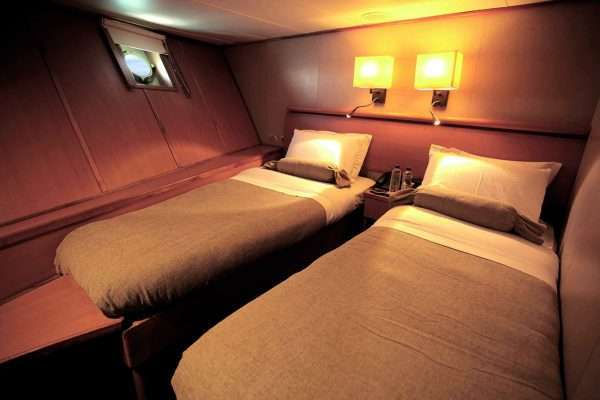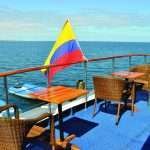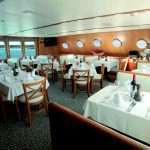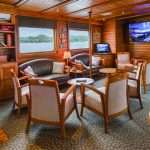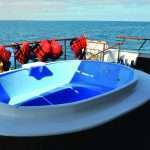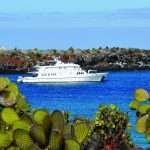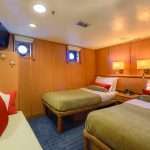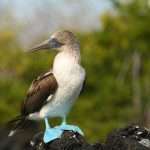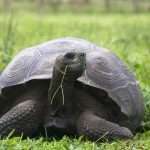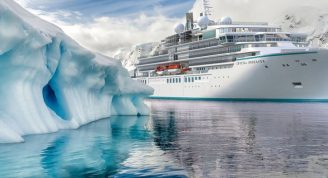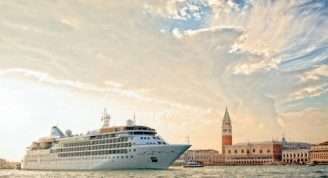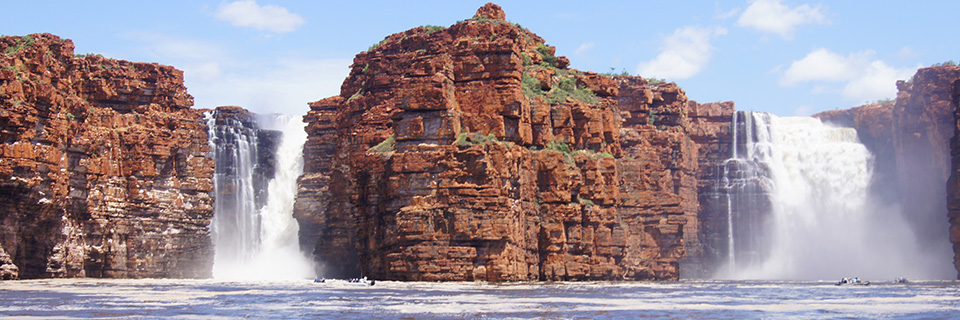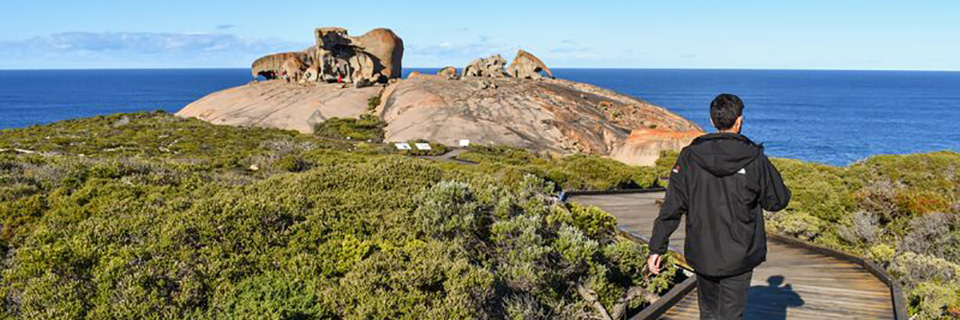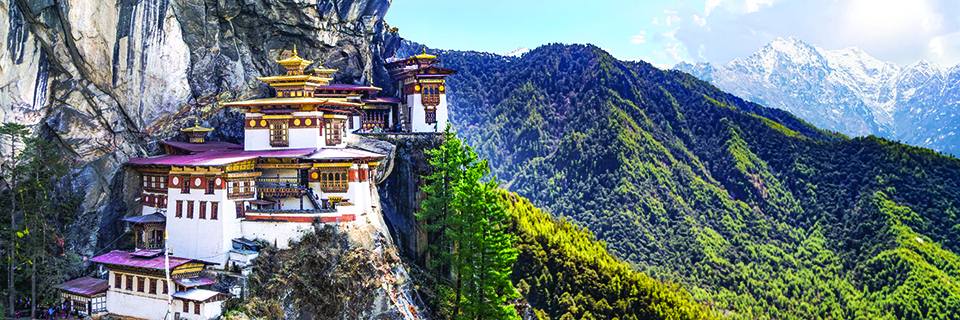Description
This far-reaching 14-day expedition is as full of different landscapes as it is of wildlife. Accompanied by a naturalist guide, explore 10 of the main Galapagos Islands aboard the M/Y Coral along with several smaller islands and islets. Witness the contrasts of Isla San Cristobal’s Cerro Brujo white coral beach, resident blue-footed boobies, and sea lion colonies with Isla Floreana’s olive-green sands, black mangroves, and flamingos; Isla Bartolome’s moonlike scenery and Isla Espanola’s ‘Solpador’ blowhole. Encounter flightless commorants on Isla Ferandina and giant tortoises on Isla Santa Cruz. Make the pilgrimage to the Charles Darwin Research Station, take part in the charming tradition of Isla Floreana’s Post Office Bay and uncover Isla Santiago’s history of pirates. Exploring by both land and water, discover the exotic colours, unique flora and fauna, and bold history of the Galapagos Islands.
- As you board your vessel, M/Y Coral, and follow in the footsteps of Charles Darwin, you will encounter nature at its finest.
- Explore the islands from on deck, on foot and in the water, no doubt with your eyes open for your next unique sight.
- You'll encounter giant Galapagos tortoises, blue-footed and masked boobies, pelicans, and frigate birds, as well as land and marine iguanas, sea lions, fur seals and perhaps dolphins, whales, and sea turtles.
- This is indeed the Galapagos journey with something for everyone.


